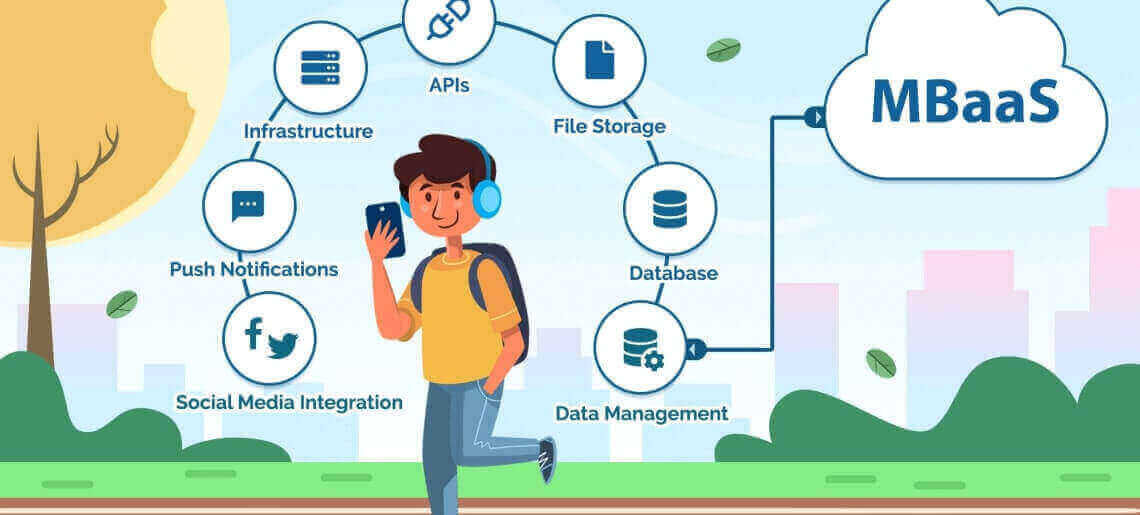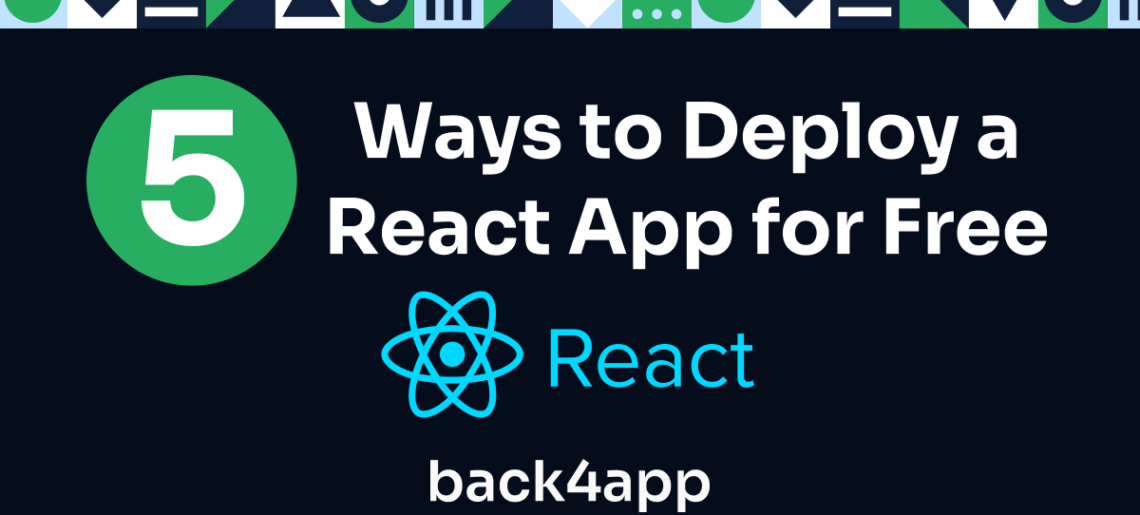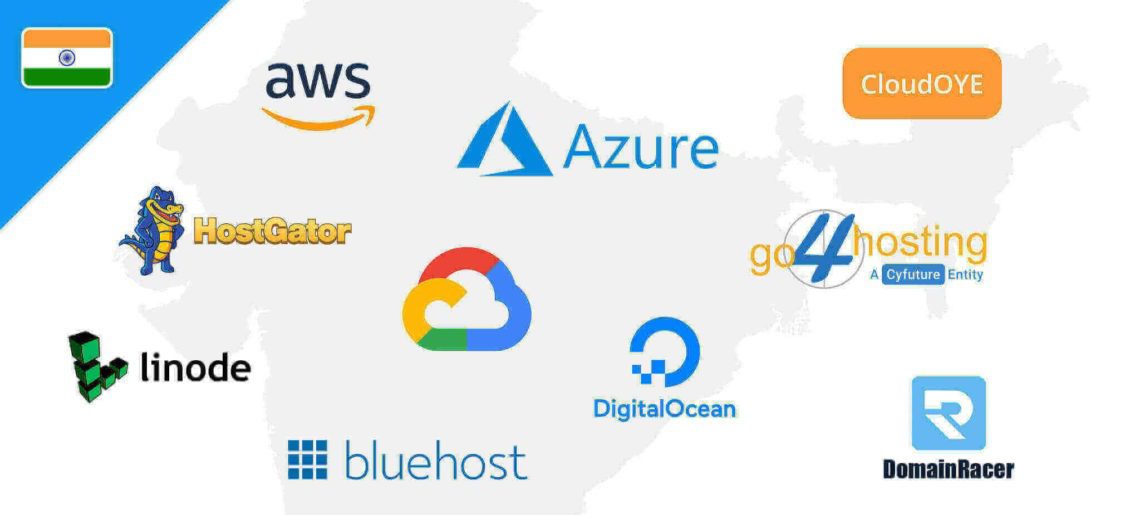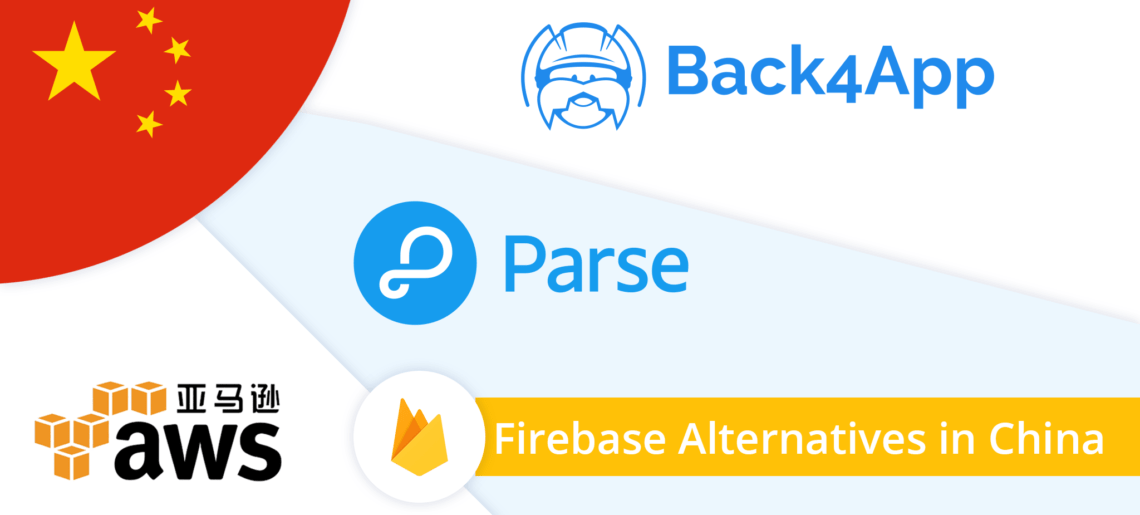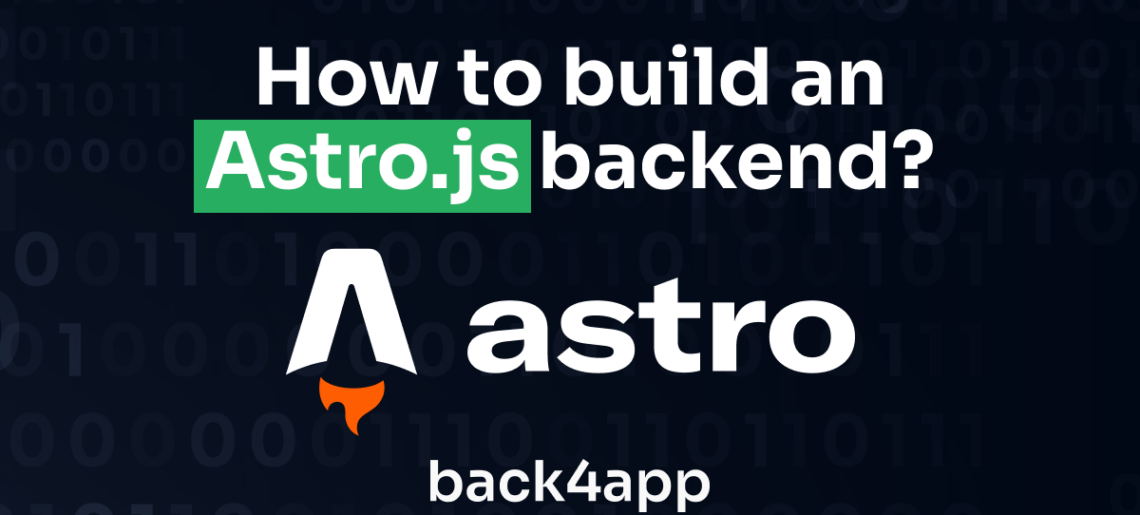Backend-as-a-Service (BaaS) is a cloud-based platform designed to streamline and automate backend development tasks.
It efficiently handles complex aspects of cloud infrastructure management, making it easier for developers to focus on creating applications.
By outsourcing server responsibilities, you can devote all your time to the frontend or client-side development. BaaS comes equipped with tools that can help you create backend code quickly.
With its ready-to-use features like scalable databases, APIs, serverless functions, social media integrations, file storage, and push notifications, you’ll be able to speed up the development process with ease.
Using BaaS means you can develop at lightning speed, cut engineering costs, and keep your focus on what matters most – your core business.
Read More